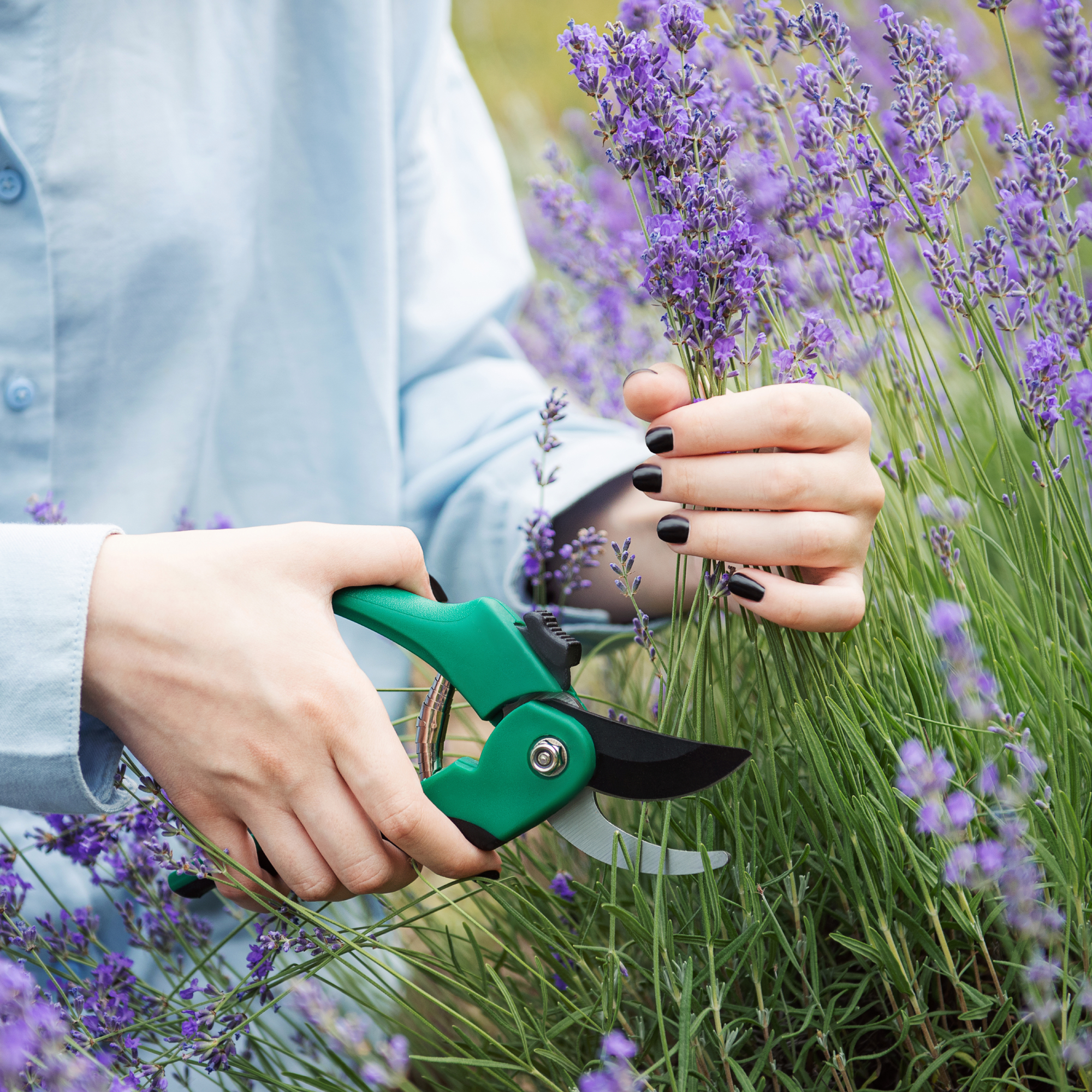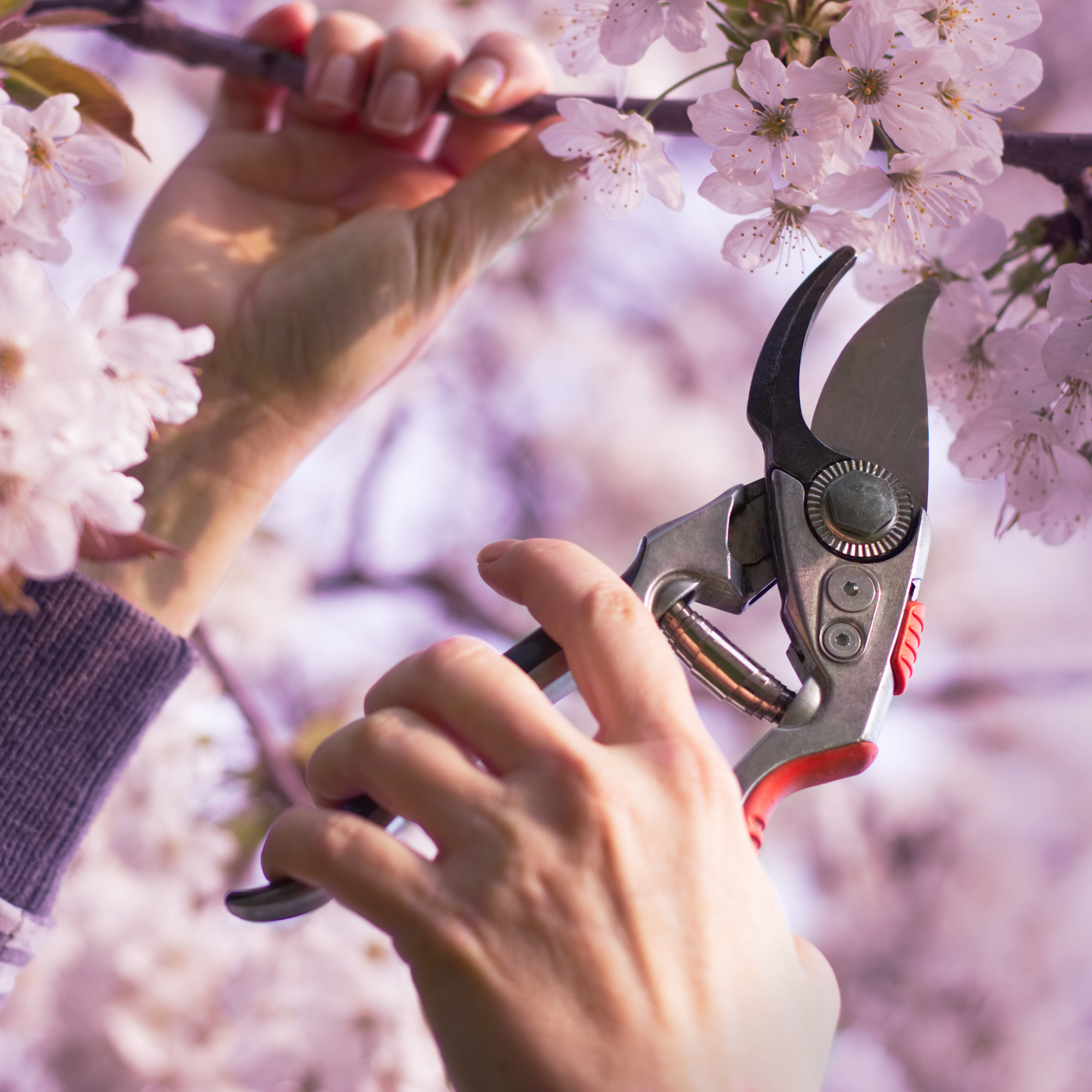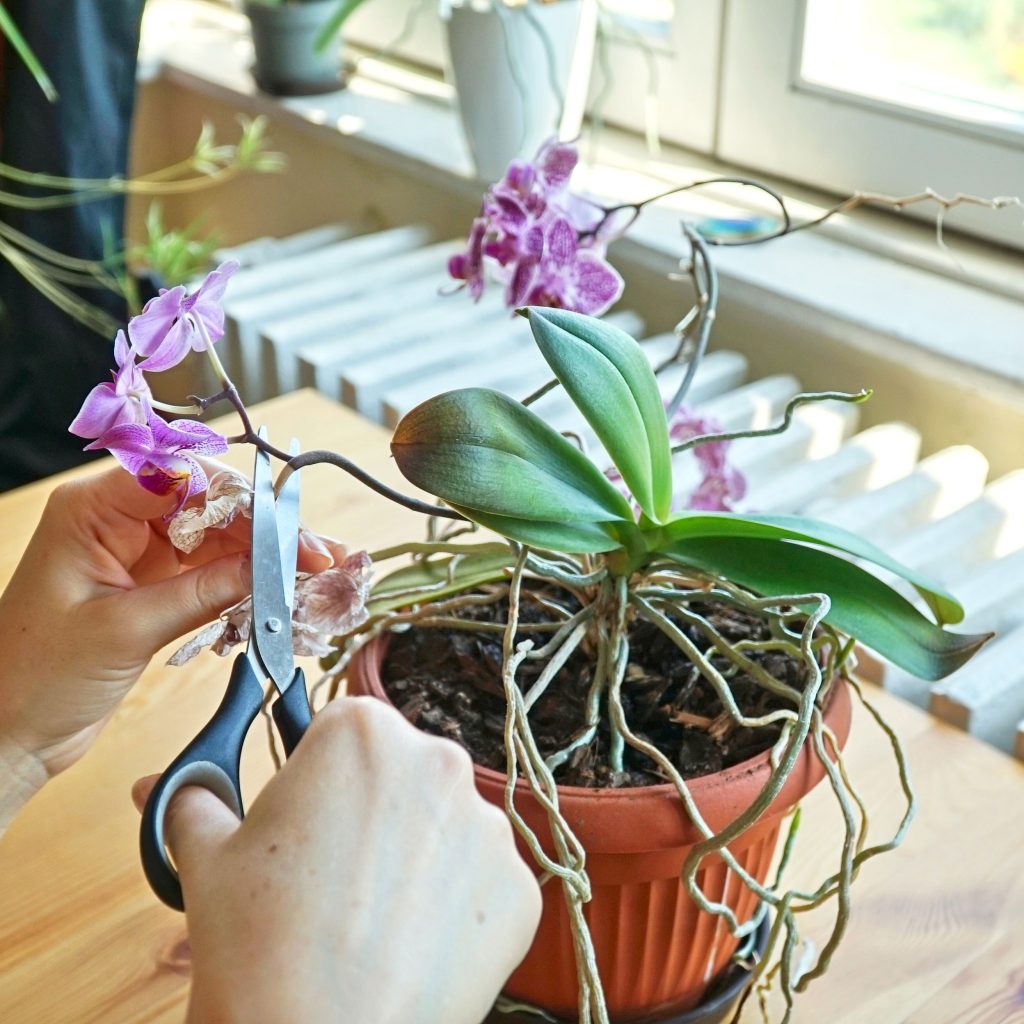If you have a Bird of Paradise plant, you know how stunning its flowers can be. But when those bright blooms start to die, they can make your plant look tired and less vibrant.
You might wonder, “How do I cut dead flowers off without harming my plant? ” Taking care of your Bird of Paradise the right way is easier than you think. In this guide, you’ll discover simple steps to keep your plant healthy and looking its best.
Keep reading, and you’ll learn how to make your Bird of Paradise thrive season after season.
Why Remove Dead Flowers
Removing dead flowers from your Bird of Paradise helps keep the plant healthy. Dead flowers can drain energy and attract pests.
Cutting off these old blooms also makes your plant look fresh and vibrant. It encourages new growth and more flowers.
Benefits For Plant Health
Dead flowers can cause disease and fungus to grow on your Bird of Paradise. Removing them stops this from spreading.
It also helps the plant focus energy on healthy parts. This means stronger stems and bigger leaves.
- Prevents disease and fungus
- Stops pest attraction
- Saves energy for new growth
- Strengthens stems and leaves
Improved Appearance
Dead flowers look brown and wilted. Removing them gives your Bird of Paradise a clean look.
Fresh blooms stand out more when old flowers are cut away. This makes the plant more attractive.
- Removes unsightly dead blooms
- Highlights fresh flowers
- Keeps plant neat and tidy
- Makes your plant a beautiful focal point
When To Prune Bird Of Paradise
Pruning your Bird of Paradise at the right time helps the plant stay healthy. It also encourages new growth and bright flowers.
Knowing when to cut dead flowers is important. It keeps your plant looking its best all year long.
Seasonal Timing
Cut dead flowers from Bird of Paradise mainly in late winter or early spring. This is before the plant starts new growth.
Light pruning can also happen after the blooming season ends in late fall. Avoid heavy pruning in summer or during frost.
- Late winter to early spring: best time for major pruning
- Late fall: remove spent blooms and dead leaves
- Avoid pruning in summer or cold weather
Signs To Look For
Look for flowers that are brown, wilted, or dry. These dead flowers should be cut off to keep the plant healthy.
Also check for yellow or damaged leaves. Removing these helps the plant focus energy on new growth and blooms.
- Brown or wilted flowers
- Dry flower heads that no longer open
- Yellow or damaged leaves near the base
- Stems that look weak or dead
Tools Needed For Pruning
Cutting dead flowers off a Bird of Paradise helps keep the plant healthy. Using the right tools makes pruning easier and safer.
Good tools also prevent damage to the plant. Choose tools that fit well in your hands and cut cleanly.
Recommended Pruning Tools
Sharp pruning shears are best for cutting dead flowers. They make clean cuts and avoid crushing stems.
For thicker stems, use garden scissors or loppers. These tools give more power and control.
- Pruning shears (hand pruners)
- Garden scissors
- Loppers for thick stems
- Gloves to protect your hands
Sanitizing Equipment
Cleaning tools before and after pruning stops diseases from spreading. Use simple solutions to sanitize your equipment.
Wipe blades with rubbing alcohol or a mixture of water and bleach. This removes germs and plant sap.
- Rubbing alcohol or isopropyl alcohol
- Water and bleach solution (1 part bleach to 9 parts water)
- Clean cloth or paper towels
- Small brush to clean hard spots

Credit: windflowerflorist.com
Step-by-step Pruning Process
Pruning dead flowers from your Bird of Paradise helps keep the plant healthy. Removing old blooms also encourages new growth.
This guide will show you how to identify dead flowers, cut them safely, and dispose of the cuttings properly.
Identifying Dead Flowers
Look for flowers that have lost their bright color and are wilted. Dead flowers often turn brown or black and feel dry to the touch.
Check the base of the flower stem. If it looks shriveled or soft, it is likely dead and ready to be removed.
Safe Cutting Techniques
Use clean, sharp pruning shears to avoid damaging the plant. Always cut at a slight angle just above a healthy leaf node or stem.
Wear gloves to protect your hands from the plant’s sharp edges. Cut slowly to keep control and avoid injury.
- Sanitize shears before cutting
- Cut 1/4 inch above a leaf node
- Avoid crushing stems
- Wear protective gloves
Disposing Of Cuttings
Collect all cut flowers and stems to prevent pests and diseases. Do not leave dead plant material near your healthy plants.
Place the cuttings in a compost bin if free from disease. Otherwise, seal them in a bag and throw them in the trash.
Aftercare For Pruned Plants
Cutting dead flowers off your Bird of Paradise helps keep the plant healthy. After pruning, proper care supports new growth and vibrant blooms.
Water and nutrients are key to helping your plant recover. Follow simple steps to care for your Bird of Paradise after pruning.
Watering Tips
Water the plant deeply after pruning. This helps reduce stress and encourages root growth. Keep the soil moist but not soaked.
- Water once or twice a week, depending on weather.
- Use room temperature water to avoid shock.
- Check soil moisture before watering again.
- Avoid letting water sit on leaves.
Fertilizing Suggestions
Feed your Bird of Paradise with a balanced fertilizer after pruning. This supports new growth and flower production.
| Fertilizer Type | Frequency | Notes |
| Balanced 10-10-10 | Every 4-6 weeks | Use during growing season |
| Slow-release granular | Once per season | Good for low maintenance |
| Liquid fertilizer | Every 2 weeks | Dilute to half strength |

Credit: www.gardeningknowhow.com
Common Mistakes To Avoid
Cutting dead flowers off your Bird of Paradise helps the plant stay healthy. Doing it wrong can harm the plant. Avoid these common mistakes for better results.
Learn what to watch for when pruning so your Bird of Paradise grows strong and looks great.
Over-pruning
Removing too many flowers or stems at once can stress your plant. Only cut what is fully dead or dying. Avoid cutting green buds or flowers that might bloom soon.
- Do not remove more than 25% of the plant at one time.
- Cut just the dead flowers, not the healthy stalks.
- Use clean, sharp tools to prevent damage.
- Wait until flowers are completely brown before cutting.
Damaging Healthy Foliage
Cutting green leaves or healthy stems by mistake can slow plant growth. Be careful to only cut dead or dying flowers. Protect the healthy leaves as they make food for the plant.
| Common Error | Effect on Plant | How to Avoid |
|---|---|---|
| Cutting green leaves | Slows growth and weakens plant | Identify dead flowers clearly before cutting |
| Damaging stems | May cause infections or rot | Use sharp scissors and cut cleanly |
| Pulling instead of cutting | Harms roots and stem base | Always use pruning shears or scissors |
Encouraging New Growth
Cutting dead flowers off your Bird of Paradise helps the plant grow new blooms. Removing old flowers directs energy to fresh growth. This keeps the plant healthy and vibrant.
Knowing the right care steps after cutting dead flowers supports strong stems and leaves. Light and soil conditions play a big role in new growth.
Optimal Light Conditions
Bird of Paradise plants need bright light for new growth. Place them where they get plenty of indirect sunlight. Too much direct sun can burn the leaves.
- Provide at least 4 to 6 hours of indirect sunlight daily
- Avoid harsh midday sun to prevent leaf damage
- Use grow lights if natural light is low indoors
- Rotate the plant weekly for even light exposure
Soil And Nutrient Needs
Good soil and proper nutrients help the Bird of Paradise recover fast after trimming dead flowers. Use well-draining soil rich in organic matter.
| Nutrient | Purpose | Recommended Source |
| Nitrogen (N) | Supports leaf growth | Compost or balanced fertilizer |
| Phosphorus (P) | Boosts root and flower development | Bone meal or flowering plant fertilizer |
| Potassium (K) | Increases overall plant health | Potash or potassium-rich fertilizer |

Credit: www.gardeningknowhow.com
Frequently Asked Questions
How Do I Identify Dead Flowers On Bird Of Paradise?
Dead flowers on Bird of Paradise look wilted, brown, and dry. They lose vibrant color and firmness. Removing them improves plant health and appearance.
When Is The Best Time To Cut Dead Flowers?
Cut dead flowers during late winter or early spring. This timing encourages new growth and keeps your Bird of Paradise healthy and vibrant.
What Tools Are Best For Cutting Dead Flowers?
Use clean, sharp pruning shears or scissors. This prevents damage and infection. Sterilize tools before and after cutting for plant safety.
How Should I Cut Dead Flowers Properly?
Cut at the base of the flower stem, near the main stalk. Avoid cutting leaves or healthy parts. This promotes better growth and prevents harm.
Conclusion
Pruning dead flowers keeps your Bird of Paradise healthy. Vibrant blooms will follow. Regular care ensures better growth and beauty. Use clean, sharp tools for cutting. This prevents plant damage and disease. Don’t over-prune; focus on dead flowers only. Monitor your plant’s condition regularly.
Healthy plants thrive and produce stunning flowers. Patience and attention are key. Enjoy the beauty of your flourishing garden. Happy gardening!

